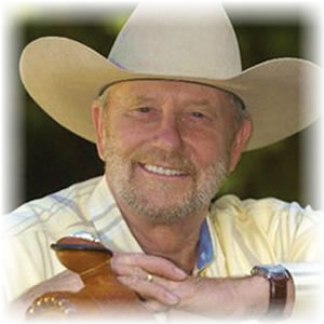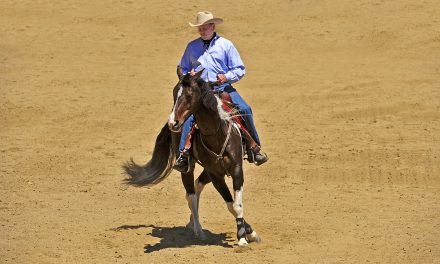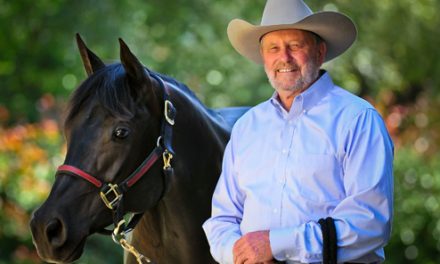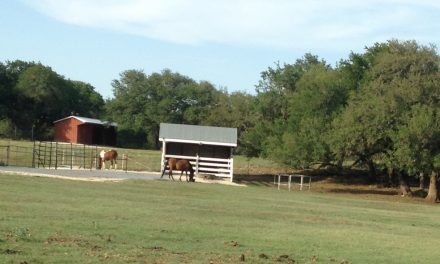 Regardless of the discipline in which you ride, warm up time is important. Whether you ride for performance or leisure, the warm up routine should be the same. For every horse there is a certain amount of flat work, particular exercises and maneuvers that need to be done.
Regardless of the discipline in which you ride, warm up time is important. Whether you ride for performance or leisure, the warm up routine should be the same. For every horse there is a certain amount of flat work, particular exercises and maneuvers that need to be done.
Any warm up exercise should include the horse going forward. In the beginning the horse may want to go forward too fast or the horse may be what we call “behind the leg” or not want to move at all. So, first you need to establish forward movement at an appropriate speed. Depending on how broke the horse is, you may need to test the waters before you use a spur or a dressage stick. If the horse is a little timid, you’ll need to urge the horse with the cue that he is accustomed to. Consistency in this cue is important. You want the horse to go forward smoothly at your cue. You need to be sure the horse understands the cue and if the horse fails to move forward, you will need to follow through.
The next thing to include in your warm up is making sure that the horse knows how to stop. When I am teaching a horse to stop I always ask first with my seat. I sit and basically stop riding. The reins are the very last thing I use to stop a horse. If there is no response, I will turn the horse slightly into the wall of the arena to break the forward movement. That helps to break the forward movement if the horse does not respond to my seat or the reins. Once I get the cue established, each time we work on it, the stop will get better. With established forward and stop cues, each ride is better with the horse going easily forward off my leg. The cues can be softer and less follow up will be needed. Both exercises, teaching the horse to go forward and stopping, are very important.
The next thing I like to do is make sure my horse is guiding. By that I mean that the horse learns to stay between the reins. If I am riding an uneducated horse or a horse just started under saddle, I start by letting the horse go wherever it wants to go just to create forward movement. When the horse is comfortable, I apply a little pressure on the reins if the horse wants to wander. For example, if the horse wants to go left, I open the right rein and put a little bit of contact on the left rein until I feel the shoulder shift toward the right. It does not need to be a tight turn. It is just a shift to the right and then I release the horse to go forward. In this way I teach the horse to guide and I can ride the horse in a straight line.
The next exercise I work on involves moving the hindquarters around. I ask the horse to engage the hind quarters because that is where the motor is. We want the horse to drive from behind and come up under himself. Flexibility in the hindquarters helps the horse to take the correct lead, do lead changes and a variety of other exercises.
I warm up my better-trained, more educated horses for about 10 or 15 minutes. If the horse is having a bad day, it may be 20 or 25 minutes. I warm up a horse that I am re schooling for 30 to 45 minutes. I then may only spend 10 to 15 minutes working on other important exercises like going over poles or pattern work if I am on a dressage horse. If you keep the warm up as a priority and do it consistently, you will find it will take less time and you will have a better and more enjoyable ride because the horse is engaged and listening to you. The bottom line is that the horse always has the last say. In this case, if you have done a good job of warming up your horse, asking with consistent cues and raising your standards of behavior you will see the ears of your horse move back and forth on you. That is what we call “business ears” and it means the horse is listening to you, waiting for your next cue and is totally engaged with you.





